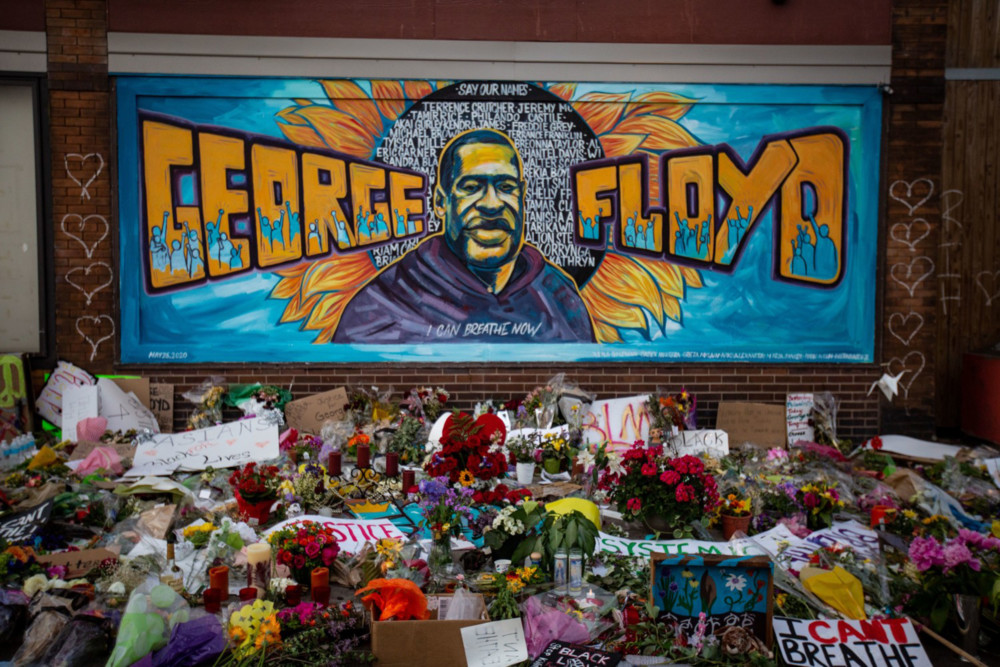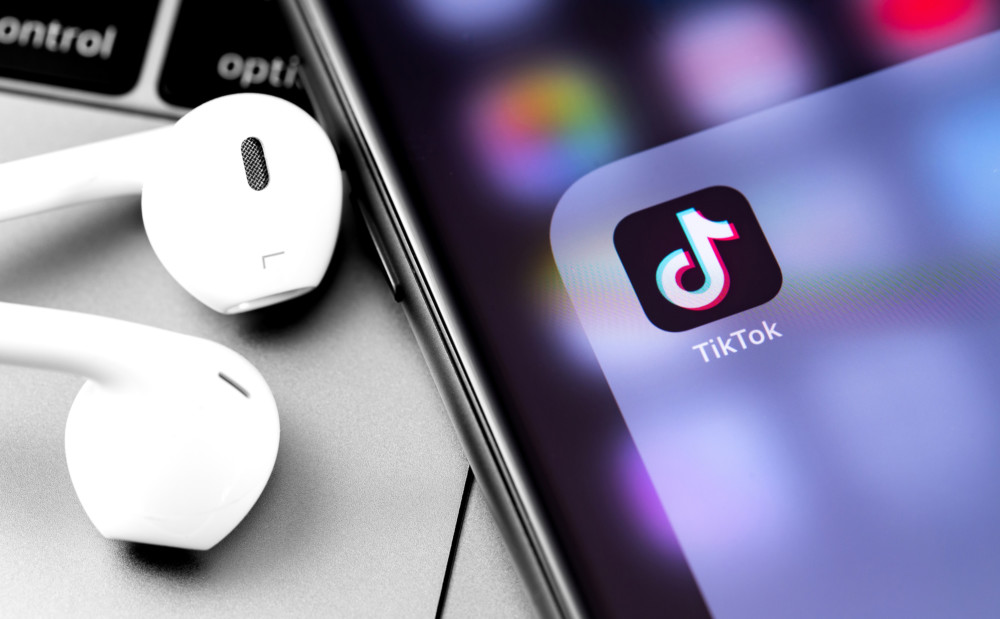By Christen A. Johnson
Chicago Tribune
WWR Article Summary (tl;dr) Kishonna Gray, an assistant professor in communications and gender and women’s studies at the University of Illinois at Chicago says that “If a nonblack ally doesn’t have anything of substance to contribute, don’t take up more space.” Instead Gray says to “amplify and highlight the voices, particularly the black voices, that have already said what you’re feeling, thinking or trying to express.”
Chicago
Social media can be a scary, dangerous place under regular circumstances, but in a time of civil unrest due to the deaths of unarmed black men and women at the hands of police officers, social platforms become uncharted territory, particularly for many nonblack people hoping to show that they are allies.
Under these circumstances, posting, or even knowing what to post, can sometimes create anxiety. Like many things, the rules of engagement on social media are different for black and nonblack people, especially now.
For black people, anxiety can come from having posts critiqued by other black people because they don’t seem “angry enough,” “sad enough” or not enough of some other emotion.
Kishonna Gray, an assistant professor in communications and gender and women’s studies at the University of Illinois at Chicago, doesn’t think there are any unspoken social media rules for different races, but rather there are entirely different spheres. That’s why Black Twitter, and other similar spaces, exist, she said.
Black people critiquing one another’s social media posts within these enclaves shows the diversity within the race, Gray said. While she doesn’t agree that this is always the right approach, especially depending on the subject matter, the critiques show the community isn’t a monolith.
“This is highlighting diversity of black intellectual thought and the diversity of how black folks engage with political and social issues,” said Gray. “This isn’t anything new. If we think historically, the civil rights movement, Student Non-Violent Coordinating Committee, the Southern Christian Leadership Conference, the Black Panther Party, there were always these differences in approaches. I think Dr. (Martin Luther) King and Malcolm X is the most distant in terms of ideological thoughts around the pathway to freedom and liberation. Social media highlights these distinctions even more.”
Gray does think processing by black people of their emotions around these killings and the movement should be acknowledged and not dismissed.
“I wish that there was some more sensitivity to what everybody is trying to do and attempting to do, especially among black folks,” she said. “If there are black folks who are trying to do their best, I want to make sure that we recognize that.”
For nonblack people, especially white folks, the anxiety of posting can come from being unsure or fearful about what to say or do, but also from just being in this movement for the first time.
“This has been a marathon that has gone on for centuries, so they’re getting aboard a fast-moving train and trying to make sense of it,” said Gray, who is also a faculty associate at the Berkman-Klein Center for Internet & Society at Harvard University “So they don’t know. It’s not laid out easily for them; there’s no GPS on the path to liberation and freedom. And so it’s exhausting … especially for folks who’ve never had to think about it.”
Essentially we are all experiencing a collective trauma, but the trauma looks different for each race, and individuals in each race experience that trauma differently, said Gracie Bates-Davis, a licensed clinical professional counselor and owner of Envision Counseling in Chicago. “I think that the trauma in social media is that it’s bringing up anxiety, it’s bringing up depression, it’s bringing up the ways in which the trauma manifests in these different ways because you’re trying to figure out what you can do, while simultaneously experiencing varied emotions.”
Bates-Davis has a multicultural practice, she said, and the No. 1 question she’s been asked by her nonblack clients recently is, “What can we do to be a part of this movement that feels like it’s significant?”
“A lot of white allies I know feel very conflicted on what they can say. But more so, a lot of white allies seem very confused on what they can do,” said Gray, adding that many white people who want to be allies right now are “terrified” of misspeaking.
But that shouldn’t stop them from trying. If a nonblack ally doesn’t have anything of substance to contribute, don’t take up more space, said Gray, but amplify and highlight the voices, particularly the black voices, that have already said what you’re feeling, thinking or trying to express.
“There are folks, there are activists, there are scholars, there are people we can highlight the work of, like Angela Davis. And (you) don’t have to take up space because these folks have already said it,” she said. “It’s just a matter of connecting folks with these ways of thinking.”
If white people’s attempts to be allies via social media is met with criticism, whether coated sweetly or delivered directly, they should sit with that and reexamine the goal of their post, not get defensive, claim bullying, shut down, or generally apply labels to the feedback.
“What happens is, even when someone posts something, and they’re already anxious and nervous, and they’re an ally, and then they get reprimanded, (they) want to shut down psychologically,” said Bates-Davis.
“Anxiety wants to control the situation, when in fact you should not fight against the anxiety, but submit to it through being able to examine, ‘What was it about the post that was insensitive? Is there any truth in what’s being said to me in this feedback?’ And if you feel you’ve done something wrong, apologize.”
Gray echoes this sentiment.
“Part of being an ally and moving towards comrade status is that you’re going to have to endure a lot of tough conversations,” she said. “They need to sit in their feelings and ask, ‘What exactly am I upset about?’ If it was well-intended, then you need to be OK with that because you’re trying. But if it’s something that you wanted praise for, then your intentions are not what we would expect for an ally, especially one moving towards comrade status.”
Gray wants us to recognize the limits of social media as well. She recalled talking with activists in Ferguson, Missouri, after the death of Michael Brown, an 18-year-old unarmed black man who was shot and killed in the street by Darren Wilson, a white man who was a police officer at the time. The activists had “high hopes” for Twitter, Gray said.
“Twitter’s just a tool, not the revolution,” she said. “They had to realize if they want change, they still had to go and have meetings with the mayor and city council and influence the police chief, and they still had to get buy-in in a traditional way. They realized Twitter is just an additional tool, just like the flyer.”
There are many ways to be involved in the movement; social media is just a step; a company posting a statement is just a step. But from educating yourself, to passing out masks and food to protesters, to organizing a march or sit-in, Gray says you should play to your strengths.
“There’s a place for everybody,” she said.
___
Distributed by Tribune Content Agency, LLC.















































































































































































































































































































































































